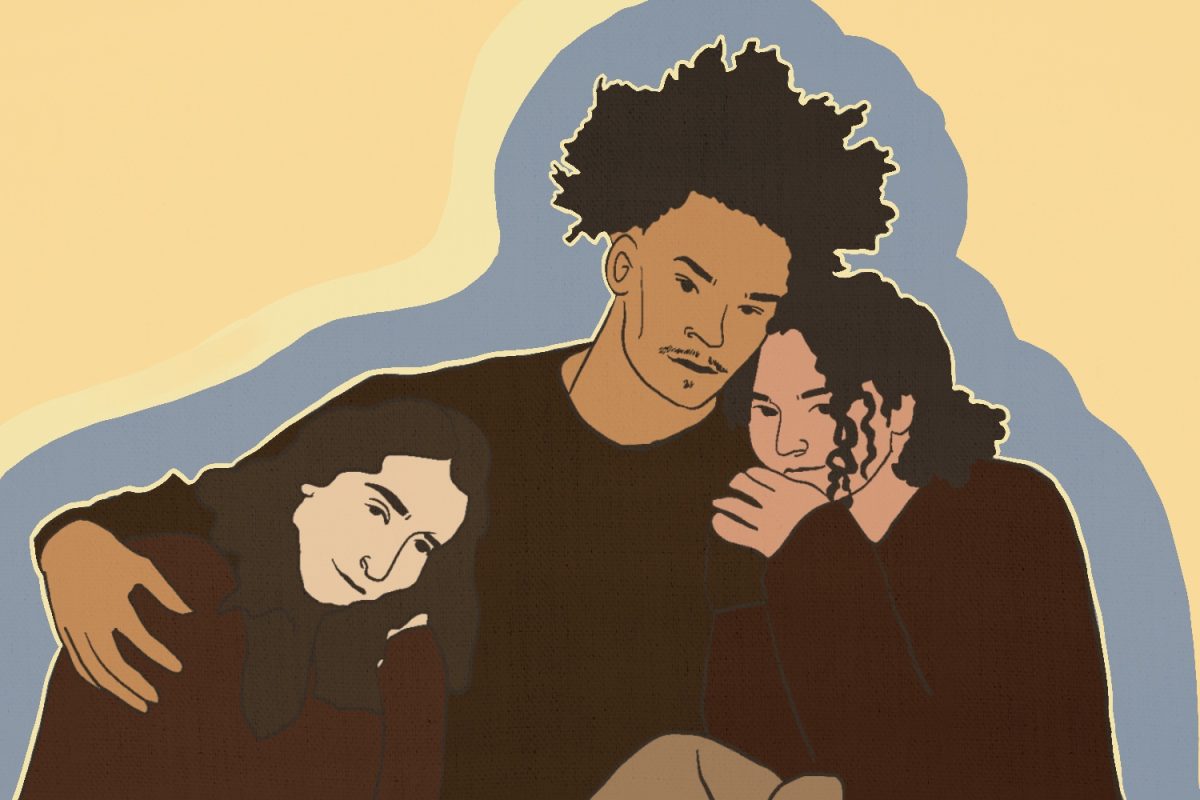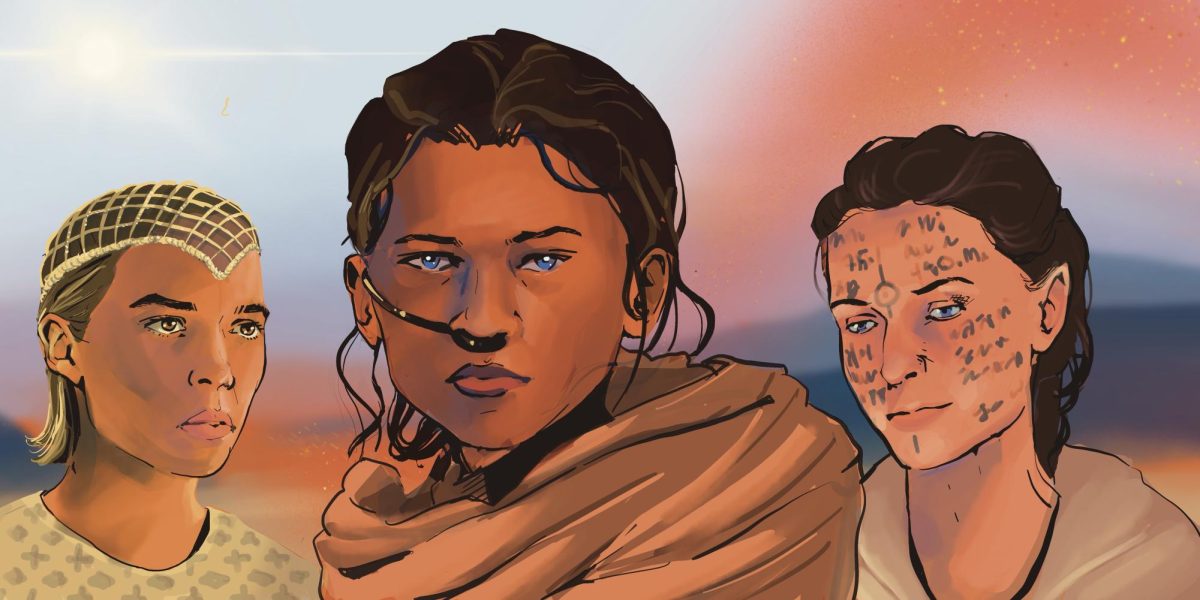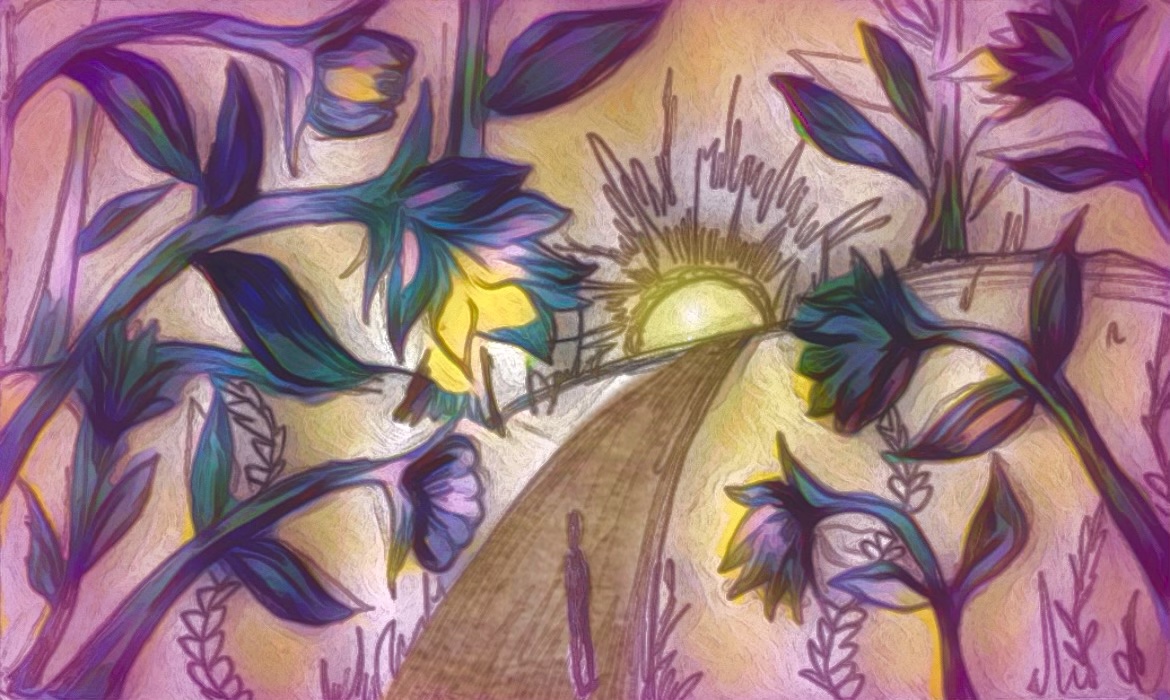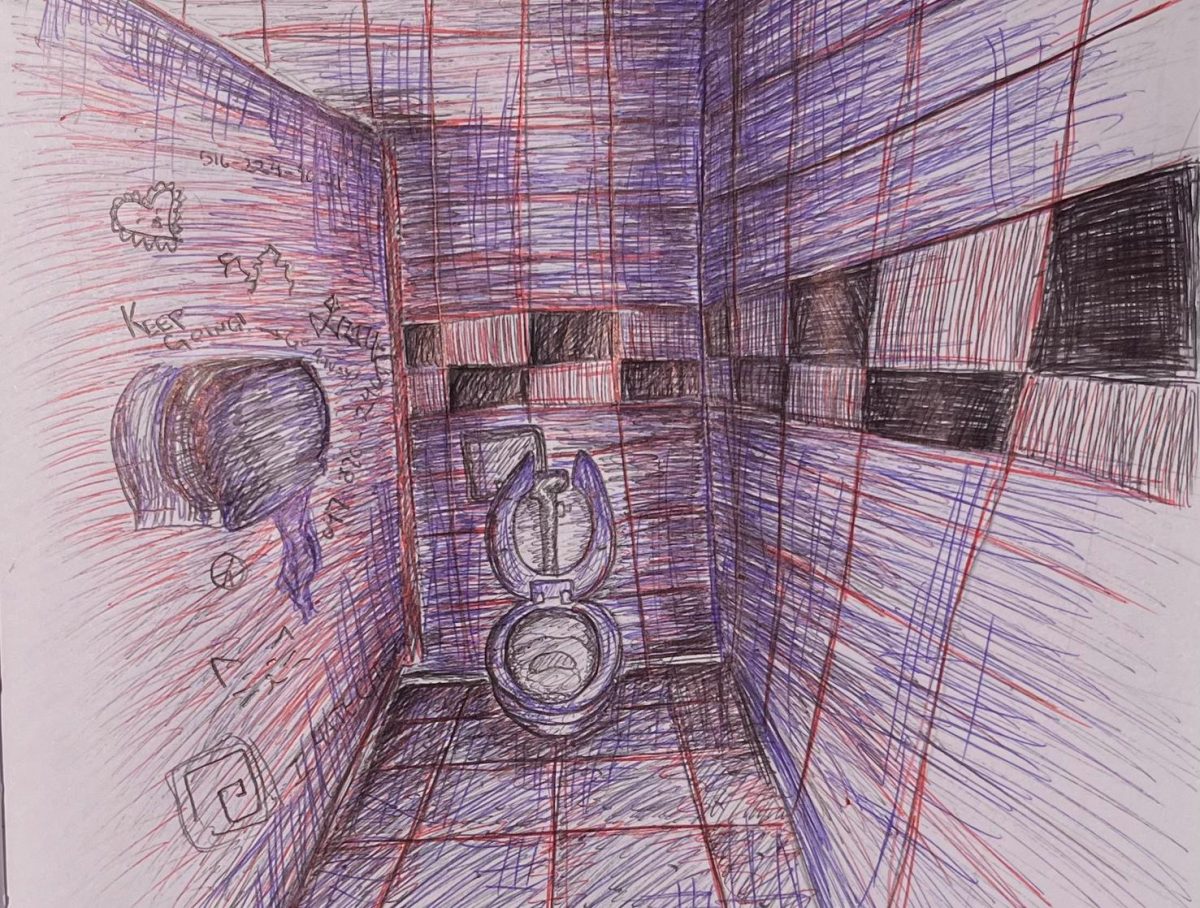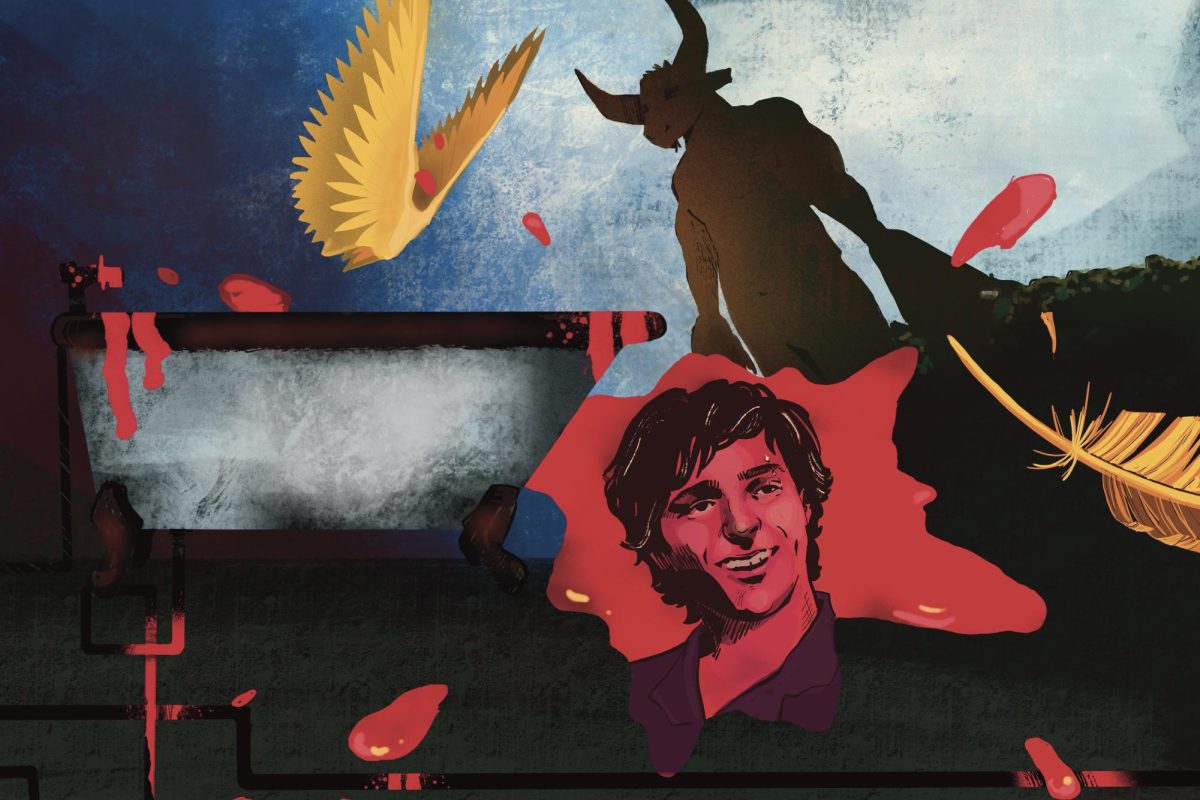On the fourth floor of the Davis Center, surrounding students lounging and doing their homework, hang a series of somber black and white photographs. These are the portraits of artist Michael Nye’s traveling exhibit “About Hunger and Resilience.” Each portrait is accompanied by the first name of the subject and a pair of headphones that, at the push of a button, will launch into a story about the struggle with hunger that the person in the corresponding portrait has faced. Many of the photographs show the head and shoulders of the subject, who is looking straight into the camera. Others show a scene — the person standing next to a brick building or sitting in front of a makeshift shelter made of wood, cardboard and plastic. Each story is between 4 and 5.5 minutes long, and told in the voice of the person whose story it is. To listen to these stories is an intimate experience. It is not like hearing a speech from a podium; the combination of the isolation of the headphones and the voices of the people themselves creates an experience that mimics talking face to face with another person. The subjects of the work vary in sex, age and situation. Rick, an older man, was abandoned by his alcoholic mother as a child and fell into alcoholism himself at the age of 16. Josette is a 14-year-old girl from the projects who talks about wanting to help her parents and worrying about her eight siblings. Tammy’s story is a bit different — she was trapped in a closet for two and a half days and experienced intense hunger in a short period of time. Each story is different, but each one provides a portrait of hunger that challenges stereotypes and humanizes the situation. They live up to the title of the exhibit, telling not only about hunger, but also about the incredible resilience of people. “[The public sees] us as poor and ghetto and trashy people,” Josette says of her experience with people’s perceptions of her life. “They’re so confused.” Index cards tacked up around the artist’s statement at the entrance to the exhibit express the reactions of visitors. “Thank you,” one card begins. “I thought I shared humanity before, but now I really can see myself having so much in common with others and also how much I have to learn.” Many of them express gratitude to Nye for the exhibit. “Thank you for the reminders,” another reads. “How easily we forget!” Other cards relate to the stories. “I too know about this,” one simply says. One card just had a heart drawn on it. The exhibit was brought to the Davis Center after Hunger Free Vermont and The Vermont Food Bank reached out to Nye about bringing it to Vermont in order to draw attention to hunger-related issues, Davis Center Art curator Phil Morin said. The exhibit presents a social issue through artwork to leave a lasting impression on its viewers. “‘About Hunger and Resilience’ is a perfect example of how art can facilitate thought and discussion regarding issues that might otherwise go overlooked,” Morin said. The art program in the Art Center hopes to continue to present work along these lines. “As we look towards the future we can only hope to continue moving forward and offering students thought-provoking work,” Morin said.








